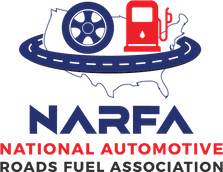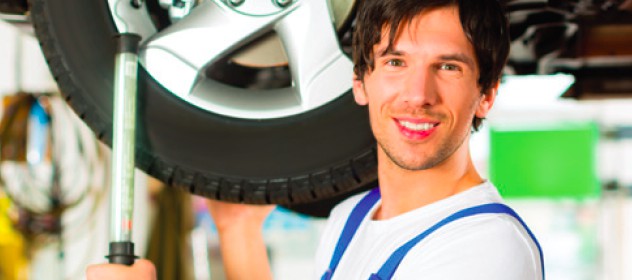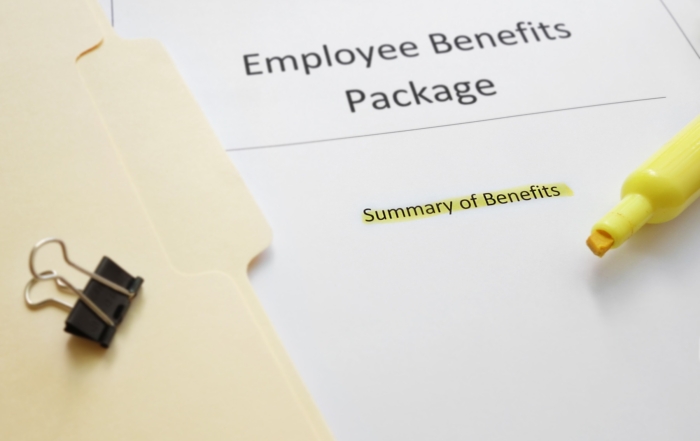Some of the most common workplace injuries are back injuries, frequently sustained while lifting or moving heavy objects. Back injuries in the workplace are very easy to prevent, and we’ve outlined steps below to help you avoid putting strain on your back.
1. Don’t bend over
Whenever possible, avoid placing objects on the floor if they will need to be moved later.
- The best zone for lifting is between waist and shoulder height, so heavy objects should be placed as close as possible to your center of gravity, or around waist level.
- Lighter objects can be placed lower, or above chest level.
2. Use a tool
Whenever possible, use a cart, dolly, crane, hoist, lifting straps, or other lift-assist device to move the heavier objects instead of lifting and transporting the objects unassisted. Take advantage of handles.
3. Lighten the Load
Separate items wherever possible, and use smaller boxes for heavier objects to facilitate easier transport.
4. Ask a Friend
If available, recruit more people to help you lift large or cumbersome objects. Many hands make light work!
5. Use Proper Technique
Once you have applied the above methods to assist you in your task, if you still must lift a heavy object, follow these best practices. Keeping your body in proper alignment will help you reduce muscle strain and make injuries less likely. Follow these steps to lift a heavy object properly:
Get Ready! – Feet firm, shoulder-width apart, knees bent
Get Close! – Get as close to the object as possible, keeping your heels on the floor
Get a Grip! – Get a secure hold on the object that you’ll be able to maintain throughout object transport, and hug the object to your chest
Get Up (slowly)! – Start to lift the item slowly and gradually, keeping the item close and your spine aligned. Make your leg, glut, and ab muscles do the work. Keep your chin tucked in to help keep your neck in line with your spine.
Get Moving! Let your feet do the walking—and the turning. Don’t twist your back or turn at the waist.
Let it Go! Using the above technique in reverse, once the object has reached its destination, carefully set it down (keep that back straight!) and return to life as a person with a waist.
6. Stay in Shape
Know your limits, and take precautions wherever necessary:
- Stretch muscles before lifting
- Take it slow, and take (frequent) breaks
- Get good sleep, on a firm mattress
Visit our Safety Tips page for more helpful safety information from NARFA.
Recent Posts
The U.S. Department of Labor Announces Proposed Rule To Protect Indoor, Outdoor Workers From Extreme Heat
The U.S. Department of Labor has proposed a new rule aimed at protecting workers from extreme heat hazards. This initiative seeks to safeguard approximately 36 [...]
Supreme Court Overturns Chevron Deference: What It Means for Workplace Safety and Regulation
The landscape of federal regulation is set for a seismic shift following a recent Supreme Court decision. On June 28, in Loper Bright Enterprises, et [...]
Navigating the Compliance Maze: How NARFA Simplifies Employee Benefits for Automotive and Trade Industries
In today's complex regulatory environment, businesses in the automotive, roads, fuel, and related industries face unprecedented challenges in managing employee benefits. Recent studies show that [...]




